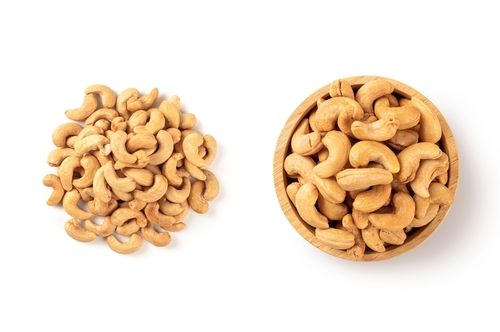
Boost Your Pelvic Floor Health With Kegel Exercises
- Dec 31, 2023
The pelvic floor is often an overlooked aspect of our physical health. However, it's crucial to maintain the strength of this bowl of muscles at the bottom of the pelvic cavity due to its role in supporting several organs, including the uterus, bladder, and rectum. The pelvic floor also helps us control essential bodily functions like urination, defecation, and childbirth.
It's important to exercise the pelvic floor muscles, much like any other muscles, to keep them fit and functioning optimally. One popular technique to achieve this is through Kegel exercises. These exercises involve tightening and relaxing the pelvic floor muscles as if one were controlling their urine flow. Kegel exercises can be beneficial in managing issues that arise from weak pelvic floor muscles, like urinary incontinence and accidental gas or stool leakage.
Completing Kegel exercises does not require any special equipment or location, making it an accessible choice for most people regardless of personal constraints. However, consistency is key, and it's recommended to perform these exercises three times a day for visible results.
Despite the general benefits, Kegel exercises may not suit everyone. Women experiencing painful intercourse may find Kegels exacerbate their condition by excessively tightening vaginal muscles. Therefore, it is always best to consult with a medical professional before incorporating Kegel exercises into your routine.
The potential benefits of regular Kegel exercises include strengthening pelvic floor muscles, reducing the risk of urinary incontinence, improving bowel control, aiding pregnancy labor and recovery, and potentially enhancing sexual pleasure. Despite these positives, additional research is needed to understand the full impact of Kegels on various aspects of health and physical conditions.
Remember, the first step in correctly performing Kegel exercises involves isolating the right muscles. It is recommended to stop your urine mid-flow or squeeze your vagina or anus to locate the muscles. However, consult a doctor or pelvic floor specialist if you struggle to identify these muscles.
Overall, Kegel exercises can be a beneficial routine for both men and women to cultivate stronger pelvic floor muscles. However, individual medical histories and conditions necessitate a conversation with healthcare professionals before you begin.






